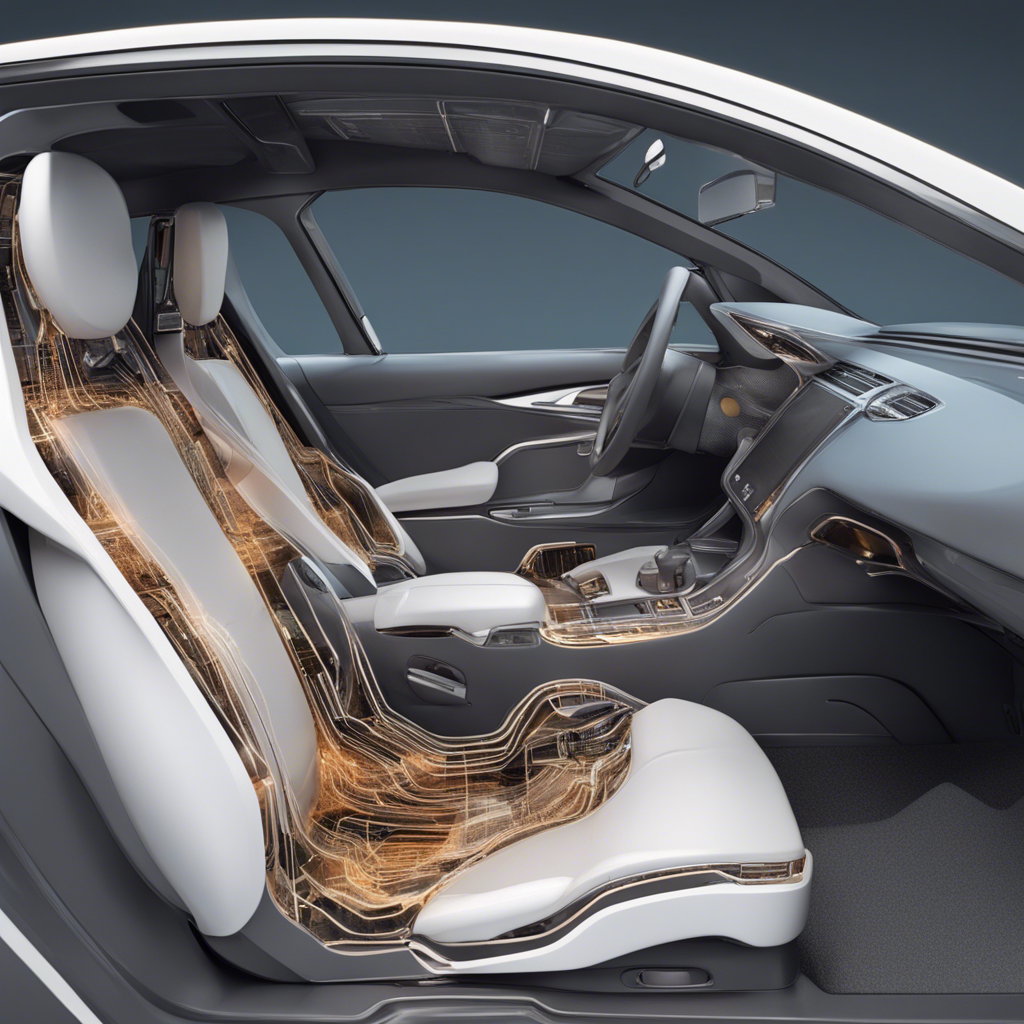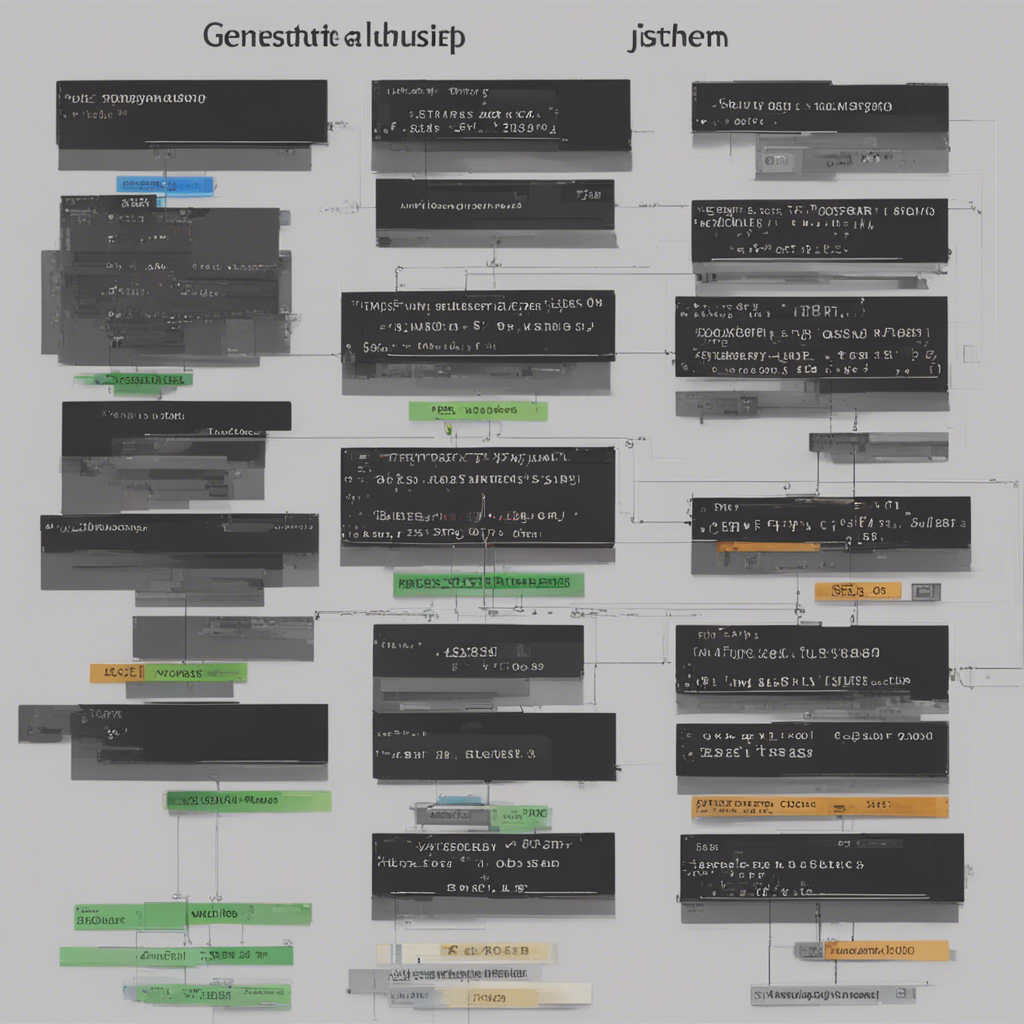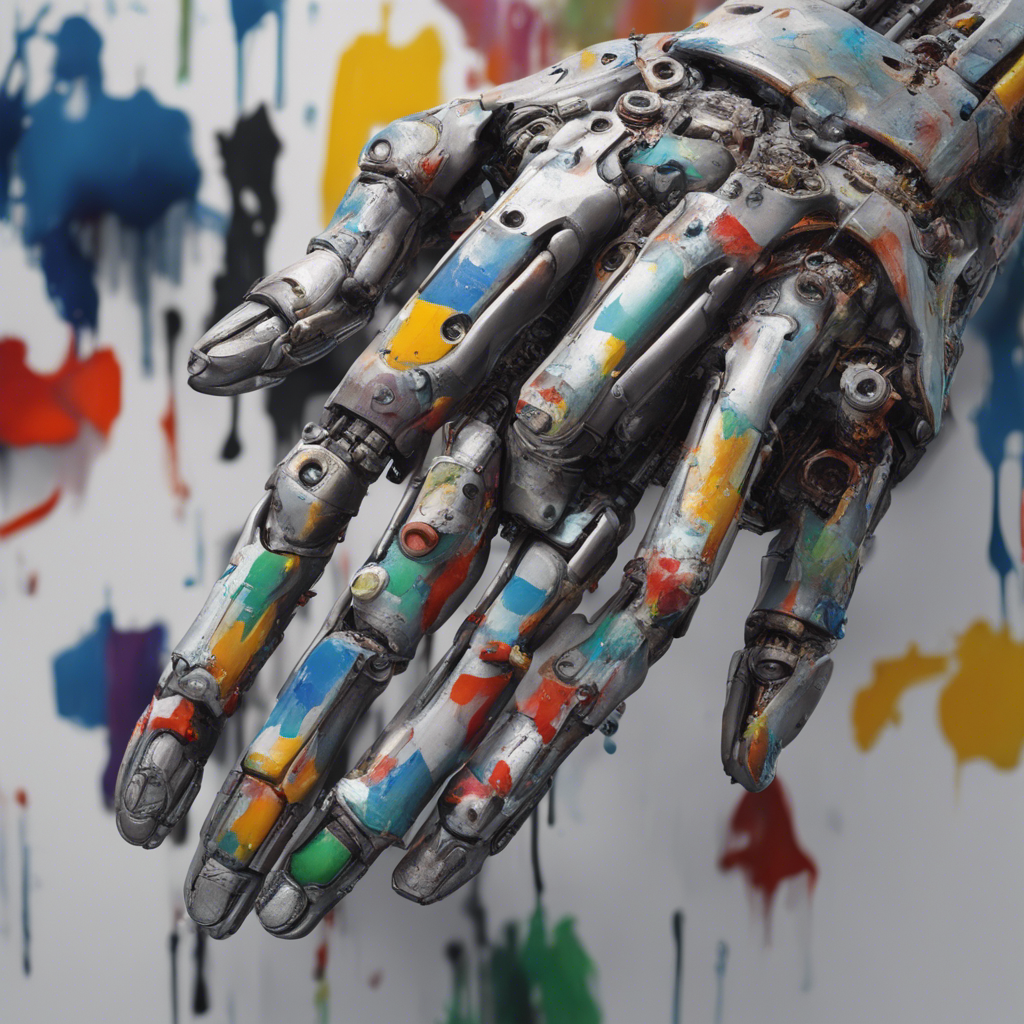
How Self-Driving Cars Work: AI Under the Hood
Self-driving cars, also known as autonomous vehicles, have been a topic of great interest and speculation in recent years. With technological advancements and the integration of artificial intelligence (AI) into various industries, self-driving cars have become a reality that holds immense promise for the future of transportation. In this blog post, we will delve into the inner workings of self-driving cars, focusing on the role of AI in making these vehicles operate safely and efficiently.
Introduction to Self-Driving Cars
Self-driving cars are vehicles capable of navigating and controlling themselves without human intervention. They rely on a combination of sensors, actuators, and AI systems to perceive the environment, make decisions, and execute appropriate actions. The goal of self-driving cars is to improve road safety, reduce traffic congestion, and enhance mobility for individuals unable to drive.
The Role of Artificial Intelligence (AI)
At the core of self-driving cars lies the integration of AI technologies, which enable them to perceive, analyze, and respond to the surrounding environment. AI systems in self-driving cars encompass a variety of technologies, including computer vision, machine learning, sensor fusion, and decision-making algorithms.
Computer Vision
Computer vision is a field of AI that deals with the automatic extraction, analysis, and understanding of useful information from visual data. In the context of self-driving cars, computer vision helps the vehicle perceive and interpret the environment through cameras and other visual sensors. These sensors capture images and videos of the surroundings, and AI algorithms process this data to identify objects, detect road signs, recognize lane markings, and observe pedestrian behavior.
Machine Learning
Machine learning techniques are a crucial aspect of self-driving cars. Through machine learning, the AI systems in these vehicles can extract patterns and make predictions based on previous experiences or extensive training data. By learning from millions of miles driven, self-driving cars can identify and understand different traffic scenarios, adapt to changing environments, and improve their decision-making capabilities over time.
Sensor Fusion
Sensor fusion is the process of combining data from various sensors, such as cameras, radar, lidar (light detection and ranging), and ultrasonic sensors, to create a more comprehensive understanding of the environment. By fusing data from different sensors, self-driving cars can compensate for the limitations of individual sensors and obtain a more accurate perception of the surrounding world. This information is then processed by the AI systems to make informed decisions and control the vehicle appropriately.
Decision-Making Algorithms
The decision-making algorithms in self-driving cars play a vital role in determining appropriate actions based on the perceived environment and the current driving context. These algorithms take into account factors such as traffic laws, road conditions, nearby vehicles, pedestrians, and the intended destination. By analyzing this information and using probabilistic models, decision-making algorithms can predict and select the most suitable actions, such as accelerating, braking, or steering, with a high level of precision and safety.
Perception, Planning, and Control
The AI systems in self-driving cars can be broadly categorized into three main components: perception, planning, and control.
Perception
The perception module is responsible for interpreting the data from various sensors to understand the environment. It processes the information obtained through computer vision, sensor fusion, and other sensor technologies to detect objects, identify obstacles, and analyze road conditions. This perception step involves object detection, tracking, and classification, enabling the vehicle to have a real-time understanding of its surroundings.
Planning
The planning module takes the information provided by the perception module and formulates a high-level plan for the vehicle. It determines the vehicle’s route, lane changes, speed adjustments, and other necessary actions to reach the desired destination safely and efficiently. The planning process involves taking into account various factors, such as traffic rules, navigation instructions, and real-time traffic conditions.
Control
The control module receives the plan generated by the planning module and translates it into specific control commands for the vehicle. This module is responsible for executing the planned actions, such as accelerating, braking, steering, and maintaining a safe following distance. The control system continuously monitors the vehicle’s state and adjusts the control commands in real-time to ensure safe and smooth operation.
Challenges and Limitations
While self-driving cars have made significant progress, several challenges and limitations still need to be overcome for widespread adoption. Some of these challenges include:
-
Safety: Ensuring the safety of self-driving cars, their passengers, and other road users is of utmost importance. AI systems need to be robust, capable of handling unforeseen situations, and minimizing the risk of accidents.
-
Regulatory and Legal Framework: Developing a comprehensive regulatory and legal framework is essential to address liability, insurance, and other legal aspects related to self-driving cars. Governments and regulatory bodies are actively working on creating guidelines and standards for this emerging technology.
-
Ethical Considerations: Self-driving cars must navigate complex ethical dilemmas, such as deciding between different levels of harm or making difficult decisions in emergency situations. Establishing ethical guidelines and protocols for such scenarios is a critical aspect that needs careful consideration.
-
Infrastructure Requirements: The successful deployment of self-driving cars also depends on the availability of supporting infrastructure, such as advanced communication systems, accurate mapping data, and necessary road infrastructure adaptations.
Conclusion
Self-driving cars are a remarkable example of how AI technologies are revolutionizing the transportation industry. Through the integration of computer vision, machine learning, sensor fusion, and decision-making algorithms, self-driving cars can perceive, plan, and control themselves in real-world environments. While significant progress has been made, there are still challenges to overcome before self-driving cars become commonplace on our roads. With continuous advancements in AI and ongoing collaboration between technology companies, regulators, and lawmakers, the future of self-driving cars looks promising.
References






